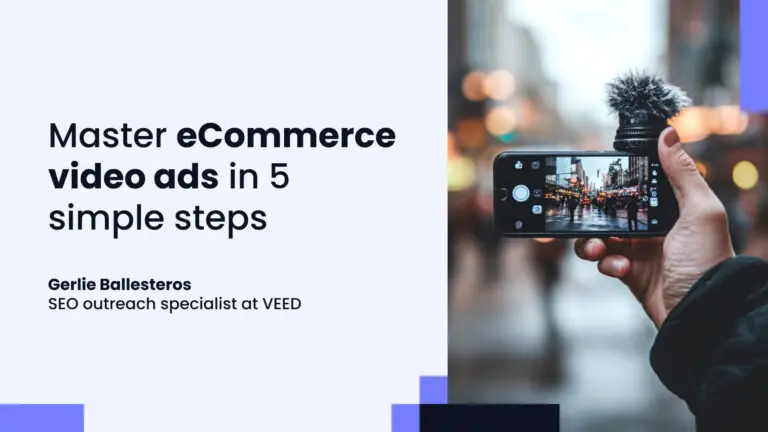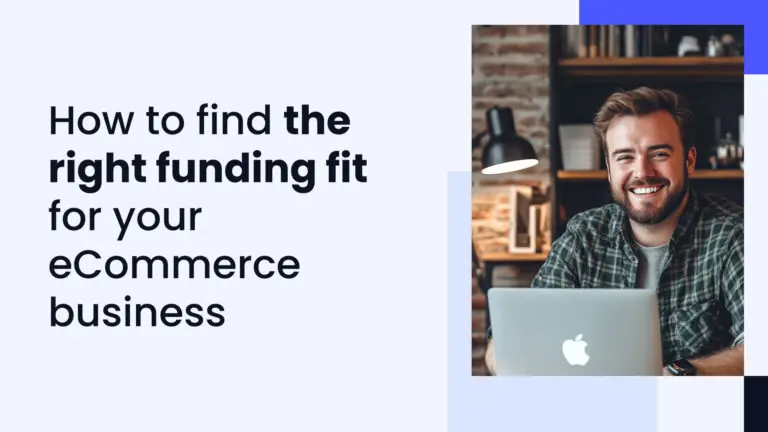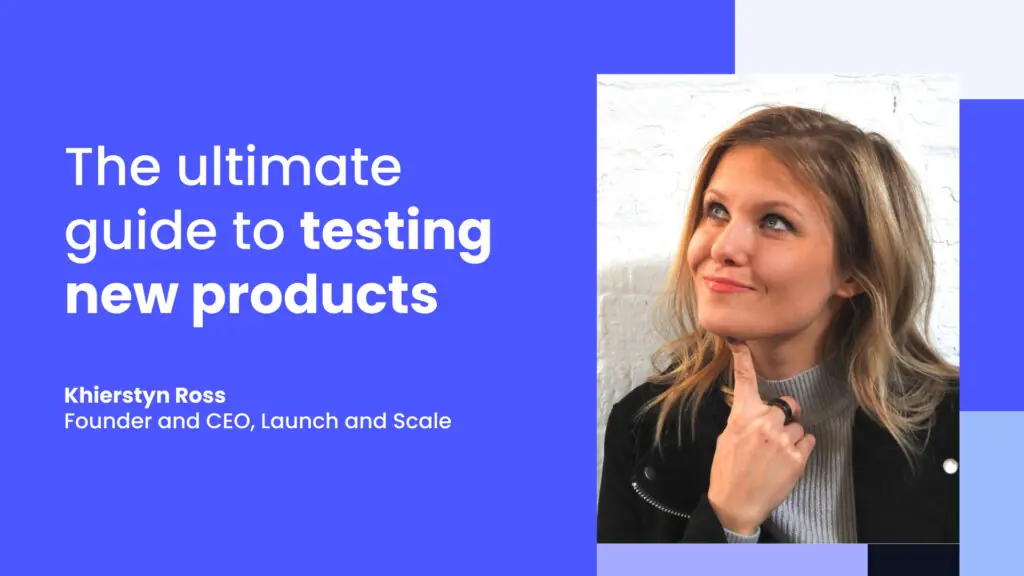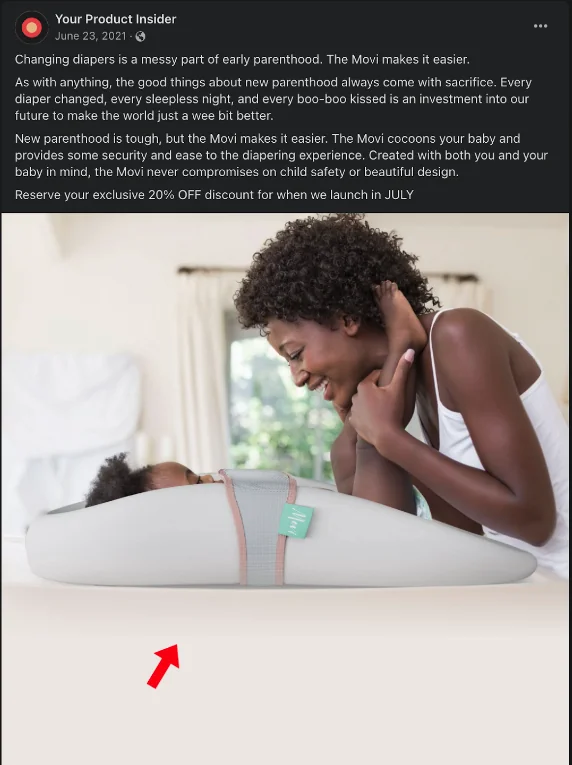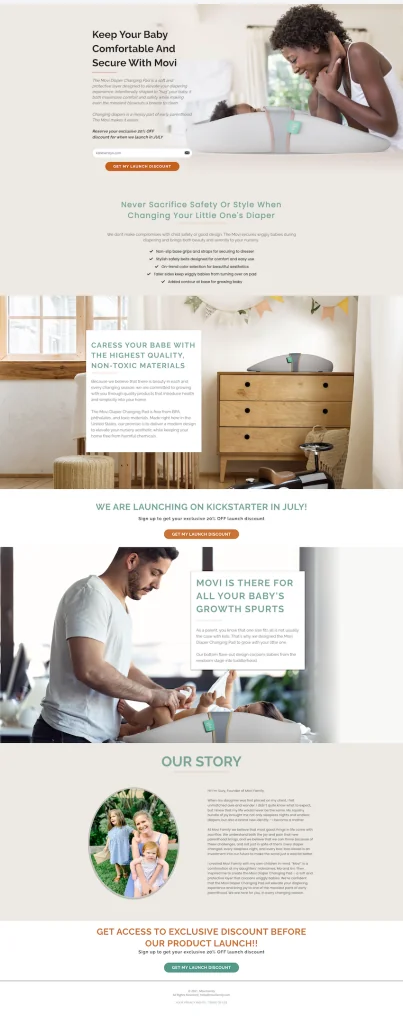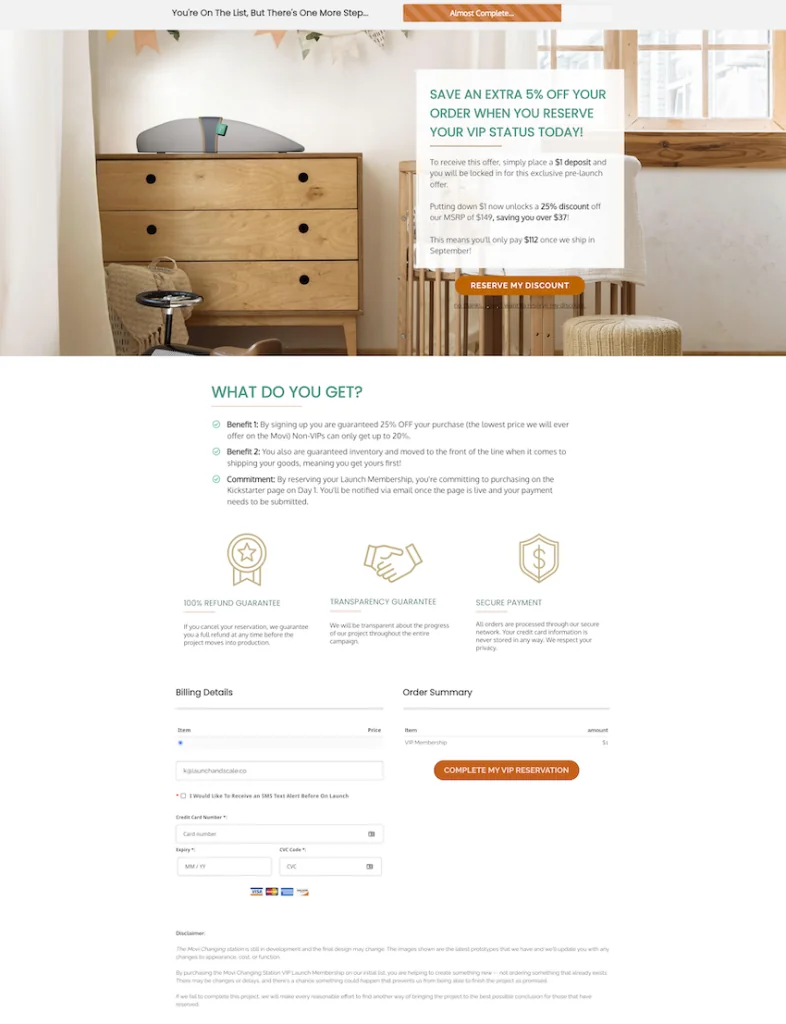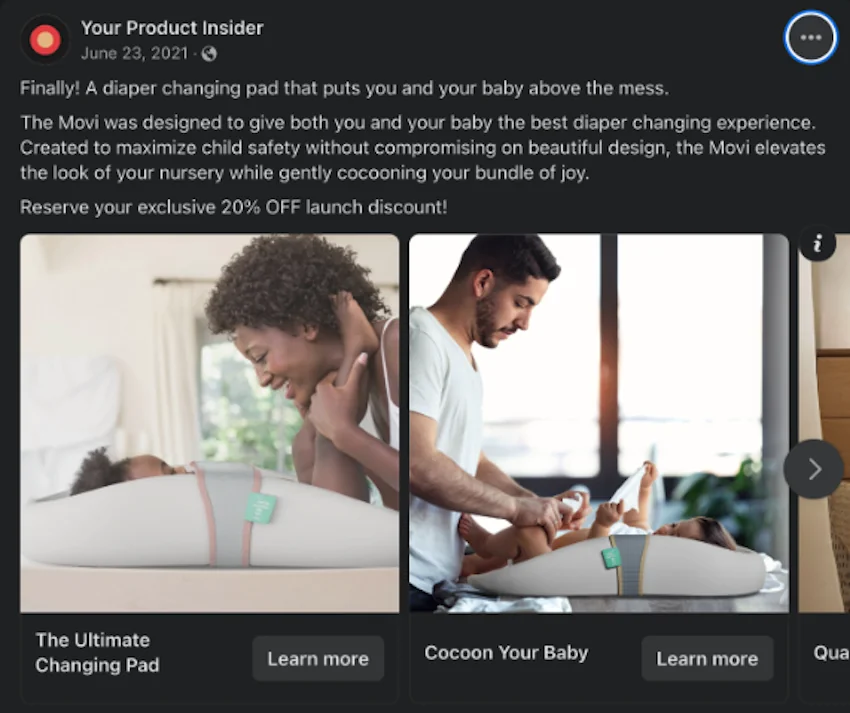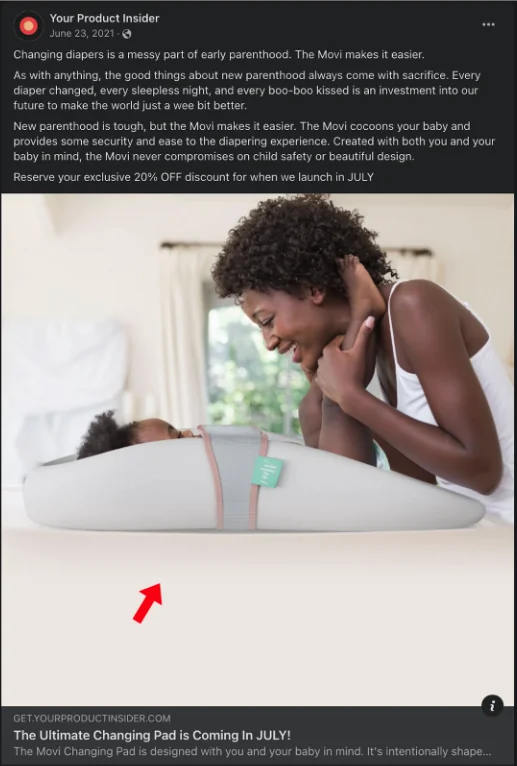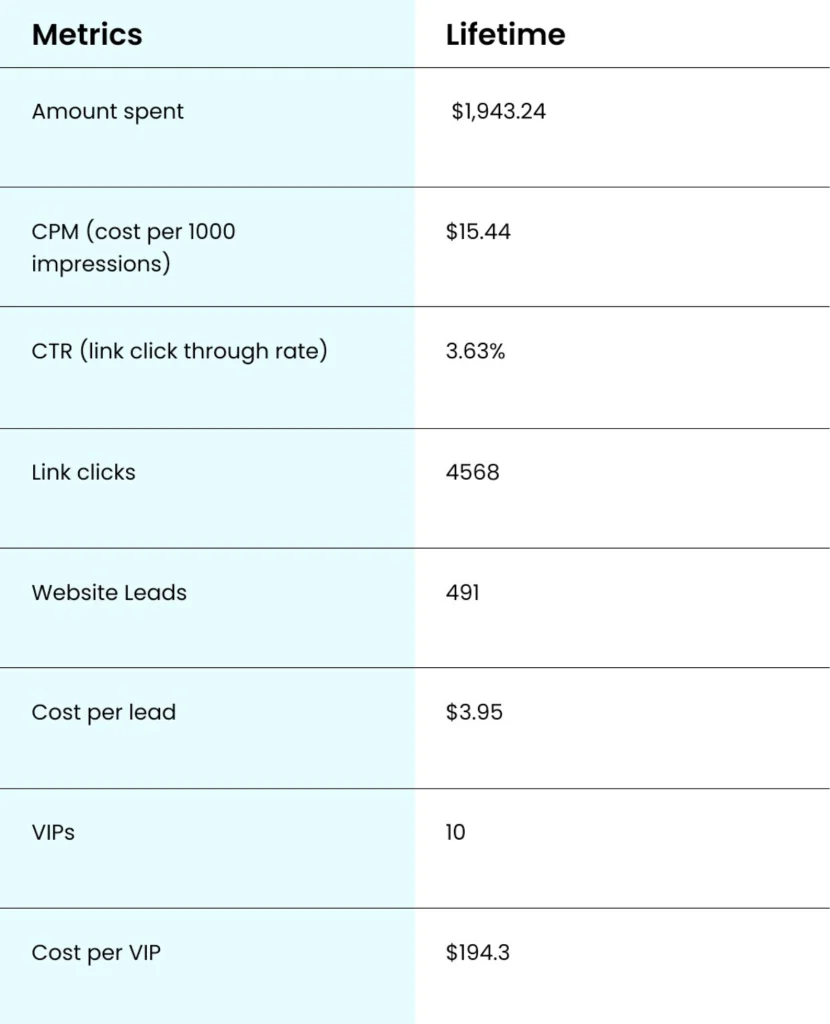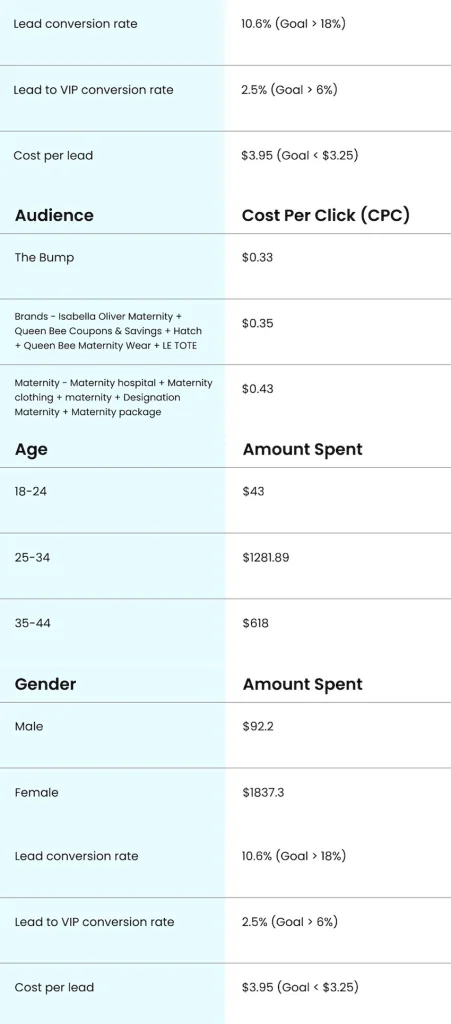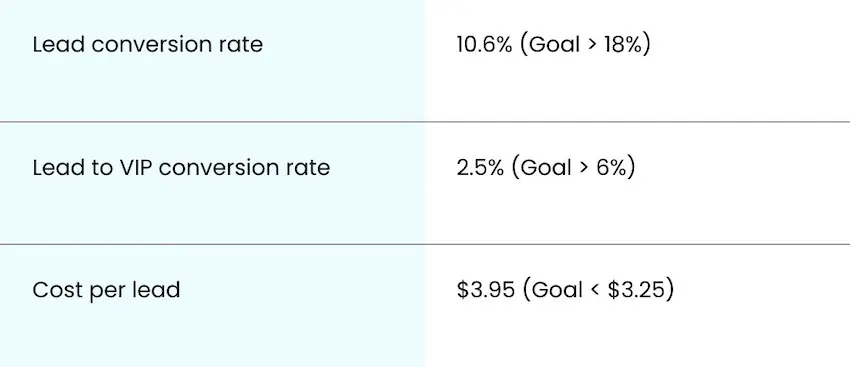*This is a guest post by Khierstyn Ross, an eCommerce strategist that specializes in fast, early-stage growth for online physical product brands using Shopify and Kickstarter. She founded Launch and Scale, which helps new sellers launch their stores or products and build the foundation for long-term success.
Fund your inventory with 8fig!
Picture this: You have an idea for a new product, but you want a way to test with certainty that it will be successful. In this blog post, we’re laying out step-by-step how we validated the idea for the Movi Cocoon, and laid the groundwork to sell over $20K in our first month on Shopify. Here’s where it all started….
Suzy Weeks, before launching the Movi Cocoon, was an experienced seller. After building a successful eCommerce business (Around the Cycle) she was looking for a way to build an additional income stream for their growing family. As Suzy was familiar with the baby space, she saw a gap in the market when researching diaper-changing pads. Being a new mom, she wanted something that was excellent in both design and function, and at the time, there was nothing that fit her needs. After doing extensive product research, she discovered that she wasn’t the only parent that felt this way. This is how the idea for the Movi Cocoon was born.
When Suzy started pursuing the Movi Cocoon, she was fairly confident that there was a big enough demand for a product like hers. But, before she was ready to go all in, she wanted to test the market further before investing in additional product development and manufacturing. Over the next few paragraphs, we’ll take an in-depth look at how we validated the Movi Cocoon and got tangible market insights to answer crucial questions about her market, target audience, and product pricing.
First off, what is product validation?
“Product validation means testing your idea with real people to see if it’s viable. By validating products before launch, you won’t waste money and time developing something people won’t buy.” – Shopify.com
For a product validation test to be successful, we needed to set up a test that would let us test the idea of the Movi Cocoon with real customers to see if they would buy it.
Many products are built on a hunch, without any knowledge of the market. That’s why about 40% of products fail.
Shopify.com
We can help sellers achieve this through a process we call the Phase 1 Market Test.
Phase 1: Market test – the first step in our process
Over the course of 6-8 weeks, we put the Movi Cocoon to the test by combining paid ads and traffic with a simple sign-up page to test the market interest and demand with real people.
We’ll ask a few quick questions to better understand your specific business needs. Then, we’ll build a funding plan tailored to your expenses.
Subscribe to the eCommerce newsletter for
top industry insights
With our Phase 1 Market Test we aim to answer the following questions:
- Is there enough demand for my product?
- If I pursue my product, it is scalable?
- What price can I reasonably sell my product at?
- Will I be able to sell it at a premium price point to support healthy margins at scale?
- Who is my target audience?
- What benefits or features resonate the most with my target audience?
Here’s the customer journey for Movi Cocoon’s Market Test
1. A customer sees an ad for the Movi Cocoon on Facebook or Instagram and clicks on it:
2. They’re then taken to a landing page where they can choose to sign up and join Movi Cocoon’s waitlist (building the email list)
3. After signing up, they’re redirected to a Thank You page with an upsell to join the Movi Cocoon’s VIP program for $1 (in exchange for more exciting perks):
The VIP secret: Why a $1 deposit is key to unlocking serious interest in your product
Why do we take that extra step and ask for a $1 VIP deposit? By building a waitlist, we’re not just looking for interest in the product – we’re looking for serious interest. And there’s no better way to gauge someone’s commitment than by asking them to put their money where their mouth is. That’s why we call it a micro-commitment.
Every purchase your make is a chance to vote with your wallet.
Fast Company
Think about it: if someone is willing to make a deposit, they’re showing us that they’re truly invested in the product and interested in purchasing it when it’s . It’s a way for them to vote with their wallet and demonstrate their enthusiasm for your product.
In our Phase 1 test, we could simply collect email signups to test interest, but that wouldn’t give us the full picture. Without that VIP deposit, we wouldn’t be able to accurately assess how serious and qualified our email signups are when it comes to purchasing the product.
Here’s the bottom line: An email signup without a VIP deposit has a 1-5% chance of following through and actually buying the product. But an email signup that has also joined our VIP program has a much higher likelihood, with a range of 30-40%, of making that purchase when the time comes. That’s why that extra step is so important.
Might also interest you:
Analyzing the data behind our traffic and what it means
Once we have the VIP funnel and landing page set up and ready to go, it’s time to take the next step in our Phase 1 Market Test: launching paid ads.
Over this part of Phase 1, we monitor the interaction of potential customers with the funnel, including questions asked, sign-ups for the waitlist, and VIP program conversions.
After we have some data back from our paid traffic campaign, we evaluate the effectiveness of the audience, message/headlines, and creative aspects of the ad campaigns based on these four Key Performance Indicators (KPIs):
1. Cost Per Lead (under $3.25/email)
2. Landing Page Conversion Rate (above 18%)
3. Lead to VIP $1 Conversion Rate (above 6%)
4. Email Open Rate (above 30%)
Upon starting paid ad testing, it’s common for us to not hit these metrics right out of the gate, so during this part of Phase 1, we’re constantly pivoting to test different copy, creative, audiences, and messages. When we hit these KPI targets by the end of Phase 1, we know we’ve got a viable product and a better understanding of its market. After running a series of ad tests for Movi, here were the winning creatives and metrics:
Ad creative #1
Cost Per Click: $0.30
Click-Through Rate: 4%
Ad creative #2
Cost Per Click: $0.54
Click-Through Rate: 3.1%
In selecting our top-performing ads, we chose click-through rate (CTR) as our primary metric for success. Why? Because CTR is a strong indicator of audience interest – the higher the CTR, the more likely it is that the audience is engaged and interested in our product. Our goal was to see a CTR of at least 2%, with anything above 3% indicating above-average market interest. Through careful analysis of the data, we were able to pinpoint our top-performing ads and gather valuable insights about our target audience.
Now that we’ve identified our top-performing ads based on click-through rate, let’s take a closer look at the stats from our Phase 1 Market Test for this product. By analyzing the data, we can gain a better understanding of our target audience, evaluate the effectiveness of our messaging and creative, and identify areas for improvement.
Overview
Here is a breakdown of landing page conversion, as well as the best performing audiences, ages, and genders:
Movi is an interesting Case Study because the main KPIs we look for are out of KPI. Here’s a summary of our actual results during Phase 1 vs our benchmark KPIs (goal):
In analyzing the Phase 1 Market Test results for Movi, it’s important to note that our KPIs were outside the target benchmark range. Does this mean that these Phase 1 results suggest that Movi isn’t a viable product? Not necessarily. These results aren’t usually black and white. Let’s take a look at other factors to consider.
Popular content
View articles
A higher Cost Per Lead or lower Lead to VIP conversion rate doesn’t necessarily indicate the product won’t be successful. [Spoiler alert, when we launched it, we sold $20K in the first 30-days] Despite these out-of-range metrics, we still considered the test a winner as we were able to collect 491 emails in just two weeks, had an above-average click-through rate, and low CPM.
Plan your restock accurately with 8fig
Let’s dig a little deeper:
1] CPL higher than suggested range ( > $3.25/email)
– The audience may not be receiving the information they need to be convinced to join the waitlist (reflected in a lower ad CTR, or lower landing page conversion rate)
– The headline may not be conveying the best messaging for the audience, which can be refined with more testing (that results in a lower landing page conversion rate)
– The targeted audience may be highly competitive, leading to more expensive marketing costs (can be ruled out if we see a lower CPM)
2] Landing page conversion rate lower than suggested range ( < 18%)
A lower landing page conversion rate is typically associated with a higher Cost Per Lead (CPL). There are a couple of potential reasons for this:
– Customers shopping for this type of product (time sensitive) may prefer to buy it immediately, as opposed to waiting for a product that they might not be able to use for a while.
– The headline may not be conveying the best messaging for the audience, which can be refined with more testing
– The audience that clicked over from the ad isn’t seeing the information they need to in order to be convinced to join the waitlist
3] Lead to VIP conversion rate lower than the suggested range (< 6%)
– The lower VIP conversion rate could be attributed to the higher price point compared to lower quality alternatives available in the $20-40 range, whereas the Movi Cocoon is priced at $149.
– Customers who are shopping for a product that is time-sensitive may prefer to purchase it immediately rather than waiting for a product that may not be available for some time.
– The VIP offer may not be compelling enough for customers to leave a deposit.
So, while these metrics were out of KPI, the data tells us that the audience is really interested in the product, but because of some specifics in the product messaging or offer in the VIP funnel, we had more work to do to fine-tune the messaging before launch. The big takeaway from this Phase 1 Test for the Movi Cocoon was confirming their audience demographics, price point, and the level of demand for the product.
What’s next?
MoviFamily.com has come a long way, from idea to market launch. But their journey doesn’t stop here. We are focused on expanding the brand, improving operations, and driving growth. Building a million-dollar brand requires hard work, patience, and executing the right strategies. This blog post provides valuable insights into getting a product brand off on the right foot.
Launch and Scale™ is a growth partner that helps new sellers launch and scale profitably, using Kickstarter or Shopify. Since 2015, we’ve had several 6-figure D2C product launches and scaled several to over 7-figures in revenue. Find out more about how Launch and Scale™ can help you get to market faster at launchandscale.co or on YouTube.
Have article ideas, requests, or collaboration proposals? Reach out to us at editor@8fig.co – we’d love to hear from you.
